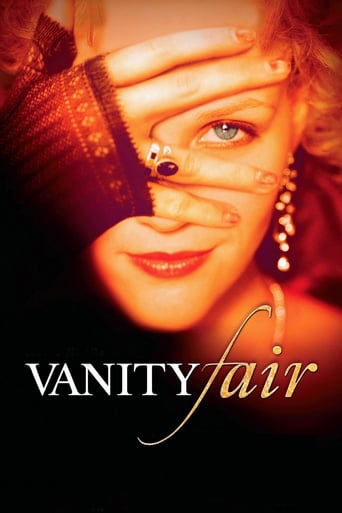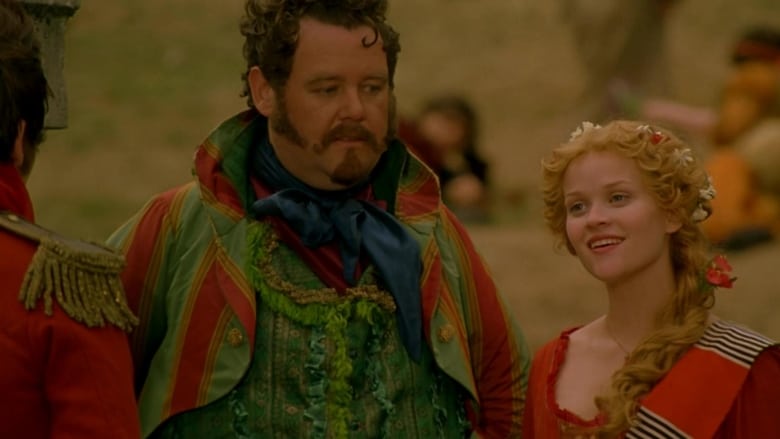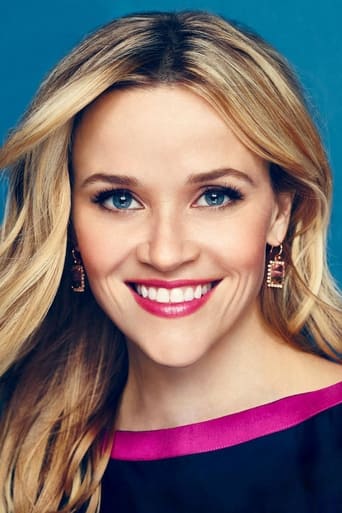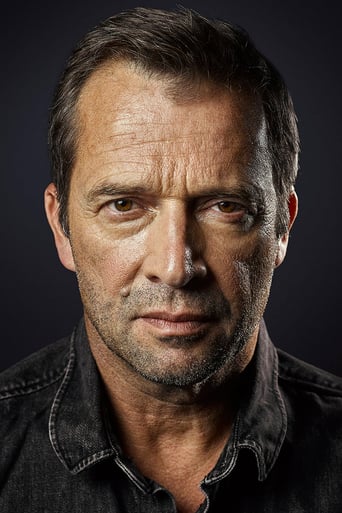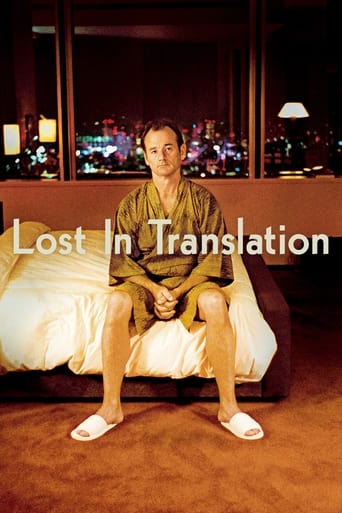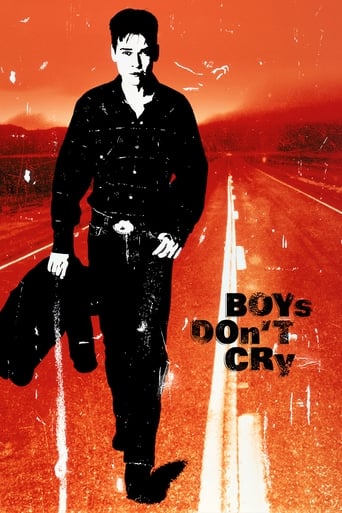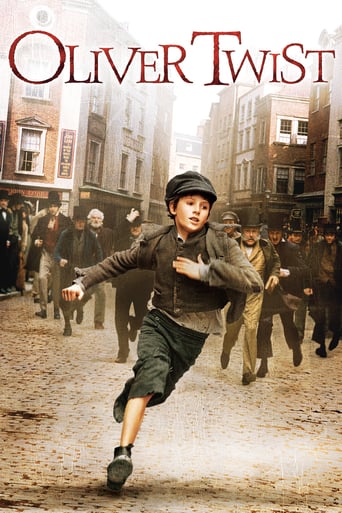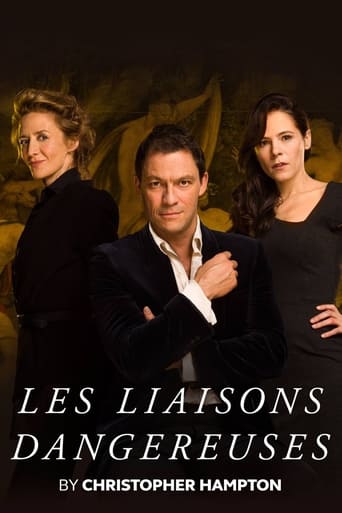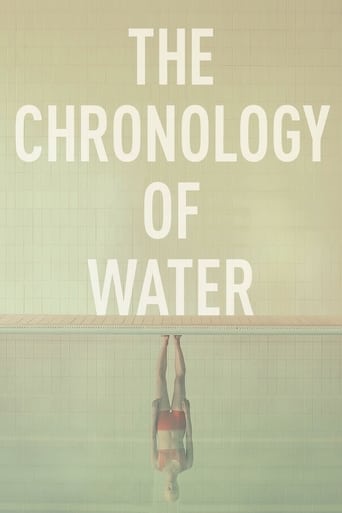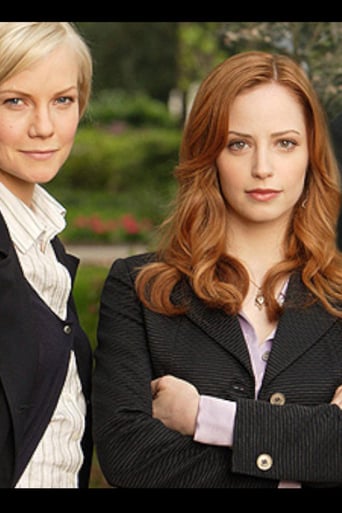Vanity Fair (2004)
Beautiful, funny, passionate, and calculating, Becky is the orphaned daughter of a starving English artist and a French chorus girl. She yearns for a more glamorous life than her birthright promises and resolves to conquer English society by any means possible. A mere ascension into the heights of society is simply not enough. So Becky finds a patron in the powerful Marquess of Steyne whose whims enable Becky to realise her dreams. But is the ultimate cost too high for her?
Watch Trailer
Cast
Similar titles
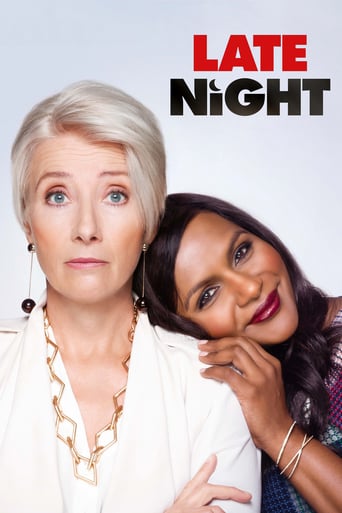
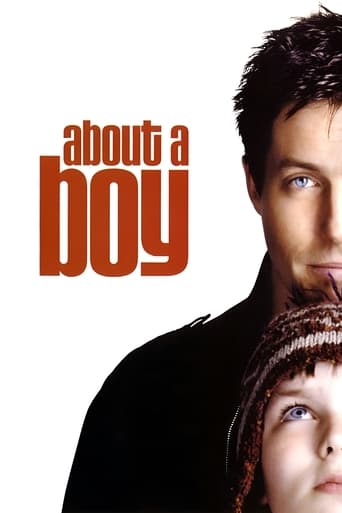
Reviews
Sadly Over-hyped
The movie's neither hopeful in contrived ways, nor hopeless in different contrived ways. Somehow it manages to be wonderful
The joyful confection is coated in a sparkly gloss, bright enough to gleam from the darkest, most cynical corners.
It is an exhilarating, distressing, funny and profound film, with one of the more memorable film scores in years,
I didn't read the book before watching this film. Still after going through the 2 hours I can say that this film looks beautiful with exquisite period costumes and settings but the main characters don't come to life. The film concentrates on the exploits of Becky, a girl coming from a poor family climbs her way through the social ladder. As interpreted by Reese Witherspoon or as written on script, Becky's character feels flat and unnatural and so much is hinged on this character in the film. Either Reese was out of her depths in this or the director/script writers didn't get the feel of how a conniving, calculating but bewitching person could be. or feel. Rosella O Hara in Gone with the Wind springs to mind and VIvian Leigh nailed down the part. That made the whole film spring to life despite the many goings and comings of different characters. Unfortunately Vanity Fair fails in this and most of the characters have a disposable feel to them with a few exceptions The film still stuns in the visual department with the rich costumes, interiors, colours and delightful gardens being shown. That I enjoyed
This is a condensed version of Vanity Fair, a story about Machiavellian social climber, Becky Sharp in the early years of the 19th century. Director Mira Nair infuses the film with Eastern sensitivities to keep things spiced.Becky (Reese Witherspoon) is certainly determined to get to the highest strata of English society by use of cunning, guile and her sensuality. After leaving her horrid educational Academy, Becky becomes governess to the daughters of lowly nobleman Sir Pitt Crawley (Bob Hoskins) where she enchants the household and catches the attention of the wealthy Miss Matilda Crawley (Eileen Atkins).Becky secretly marries Rawdon Crawley (James Purefoy) but this leaves them disinherited by the Crawley's who are not happy about the union, as the widowed Sir Pitt was hoping to marry Becky.Becky marches on, over time Crawley goes off to fight the Napoleonic wars but his gambling debts are always an hindrance. The lecherous Lord Steyne (Gabriel Byrne) helps out Becky but at a heavy price as he plans to desire her.The book is regarded as a novel without a hero. Becky in the film has been smoothed out, even made slightly likable, a survivor in an era where the odds were against her.The film is choppy and incoherent as the lengthy novel has been cut down and as the time period goes on, the characters age little which causes further confusion.Despite the spiky beginning the film lulls from the middle and although not a successful adaptation it is worth your time.
William Makepeace Thackeray's novel "Vanity Fair" is a satire telling of the rise, fall and rise again of the social-climbing adventuress Becky Sharp. Like a number of other literary heroines from this period, most notably Charlotte Bronte's Jane Eyre, Becky starts life as a governess, although she and Jane Eyre are completely different in character. Whereas Jane is morally upright and deeply religious, Becky is scheming and unscrupulous. (Her surname has an obvious symbolic meaning). She marries Rawdon Crawley, an Army officer and the younger son of her employer, becomes the mistress of the wealthy Lord Steyne and, after various reverses of fortune, ends up as the wife of a senior official with the East India Company.Thackeray's title is taken from Bunyan's "Pilgrim's Progress" and refers to a fair which was intended to symbolise man's sinful attachment to the things of this world. His intention was to satirise the snobbishness, hypocrisy and worldliness of British society. Although the events described in the novel take place in the 1810s and 1820s, two or three decades before it was published in 1848, he clearly intended it to have a contemporary relevance, and his readers would have had no difficulty identifying the Becky Sharps and Lord Steynes of their own day.The author described it as a "novel without a hero", and few, if any, of its characters are intended to come across as sympathetic. We may admire Becky's cunning and determination, but her ruthlessness and amorality mark her out as the novel's anti-heroine rather than its heroine. Her husband Rawdon is as amoral as her, and considerably more stupid. Steyne (pronounced "stain"- another symbolic name) is a libertine and a bully. Rawdon's father Sir Pitt Crawley is an oafish vulgarian and his brother Pitt junior a pompous prig. Becky's friend Amelia Sedley is, unlike Becky herself, morally upright, but is also rather dull, lacking in intelligence and a poor judge of character. She persists, for example, in believing, in the teeth of all the evidence, that her rakish fiancé George Osborne, who later becomes her husband, is a paragon of virtue.The novel has been the subject of numerous television and film adaptations, although this is the only one I have seen apart from the British television version from the late eighties. That adaptation kept to Thackeray's plot reasonably faithfully, but scriptwriter Julian Fellowes and director Mira Nair evidently thought that that plot would not work on the big screen because they made a number of changes, most notably to the character of Becky, who becomes far more sympathetic than she was in the original. (There was, apparently, an earlier discarded screenplay in which Becky's character was closer to the way she is depicted in the novel). The character of her husband Rawdon is also somewhat sanitised, and even Steyne at first seems more like a kindly benefactor than a sexual predator. It is only at the end that he reveals himself in his true colours.No film based upon a novel, especially a novel as complex as "Vanity Fair", can ever be 100% faithful to the original, and a number of literary adaptations have been highly successful films in their own right despite departing considerably from their source material. This, however, is not really one of them. If you want to make a film about a feisty young proto-feminist in the Regency era- which is how Fellowes paints Becky- I would not really recommend using Thackeray's novel as a starting-point. Deprived of much of its satirical content, "Vanity Fair" becomes emasculated, just another "heritage cinema" British costume drama.Yet this is not entirely a bad film. Reese Witherspoon makes Becky into an appealing heroine, and cannot be held personally to blame for the fact that the character she is playing is far from being the one that Thackeray created. Her British accent is perhaps not 100% reliable, but this is not so important in period drama, as we do not know exactly how people spoke in the early nineteenth-century, and the difference between British and American accents may have been less marked than it is today. There are also some good performances in cameo roles from the likes of Bob Hoskins as the uncouth Sir Pitt and Eileen Atkins as his wealthy and autocratic sister Miss Matilda.Another attractive feature is the visual look of the film. Nair was clearly aiming to reproduce the look of an Old Master painting, and does this by the use of strong, vivid colours, especially reds and greens, shot through a filter which gives a slightly yellow tint, like a picture seem through a protective layer of varnish. I felt, however, that this is a film which could have been improved had it followed the original novel more closely. 6/10
None of the reviews I have read thus far would seem to have commented on the music & dance sequence towards the latter part of the film. The sequence depicted 'native' dancers performing an 'ethnic' dance to some equally 'ethnic' music. Both the choreography and the music seemed to draw from a wide variety of styles, i.e. Latin- American, African, Arabic - styles which would simply not have existed in the early 19th century! How on earth could the director have got it so wrong? The sequence was laughable, almost Pythonesque in its absurdity. For me this was the final straw in a piece that had struggled from the start to hold itself together. Even the very talented Miss Witherspoon looked fairly clueless throughout most of the film.
